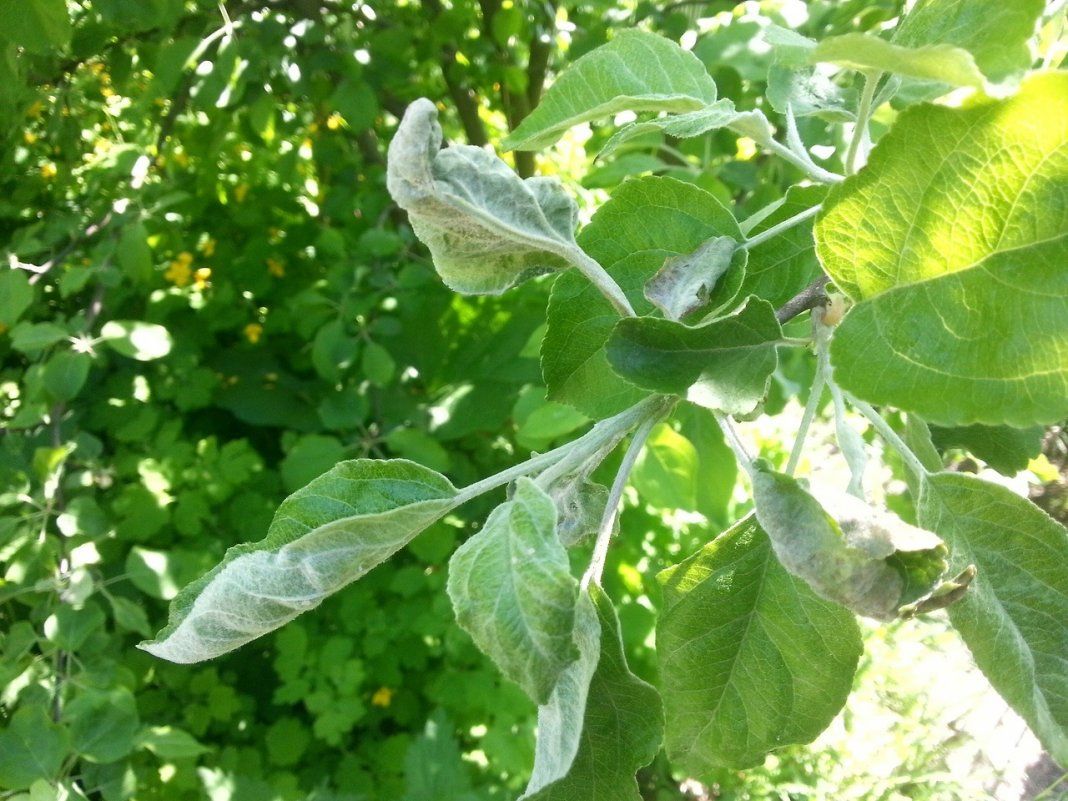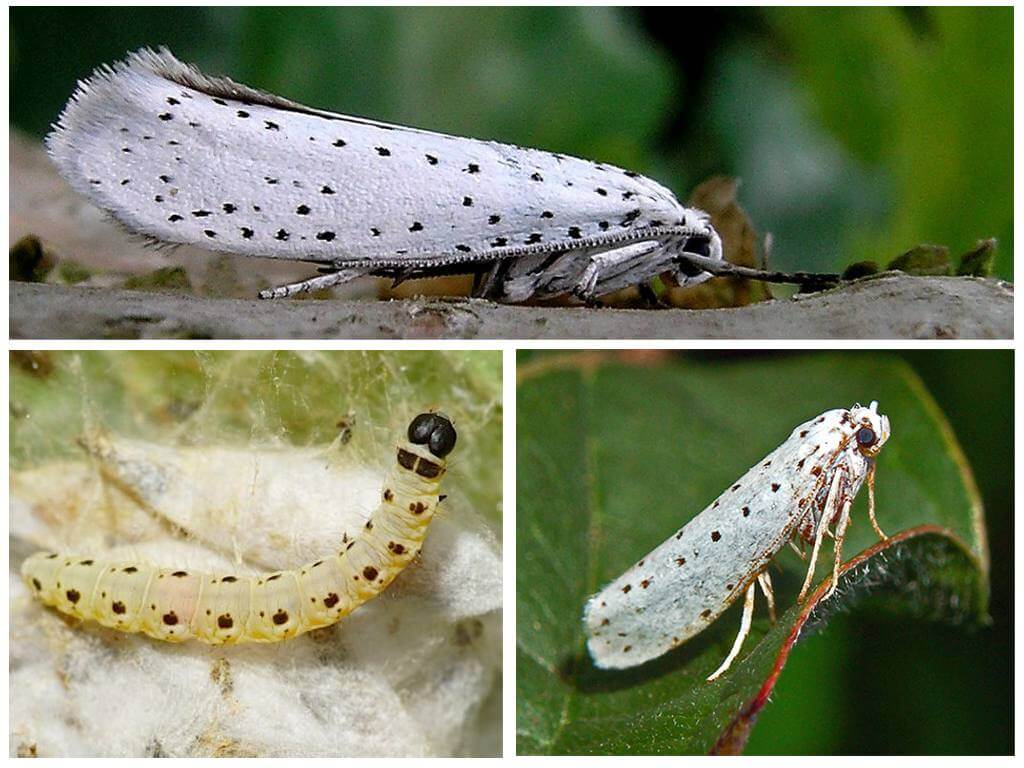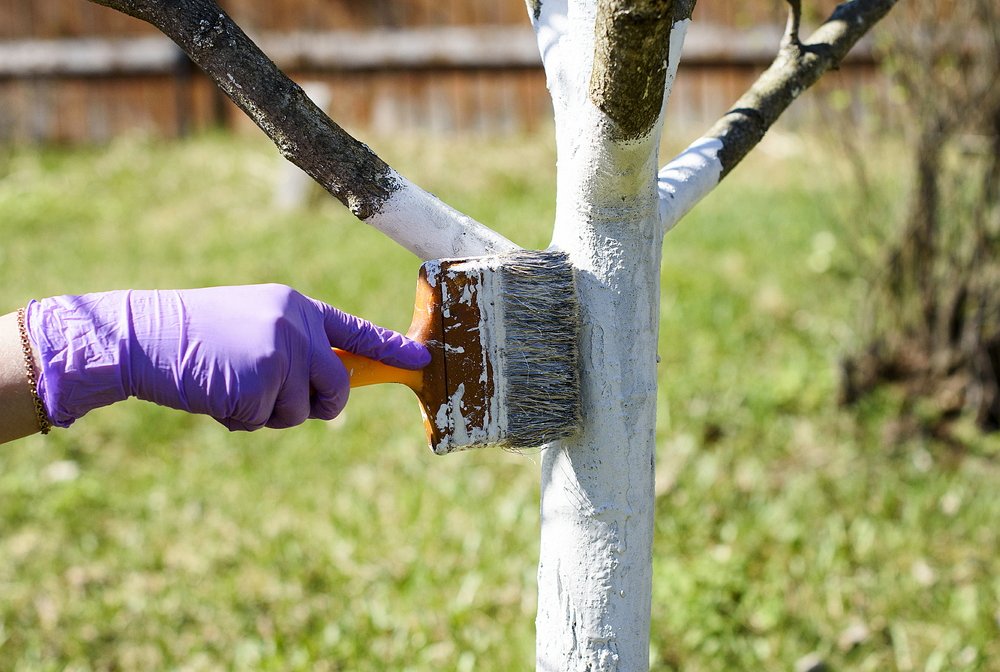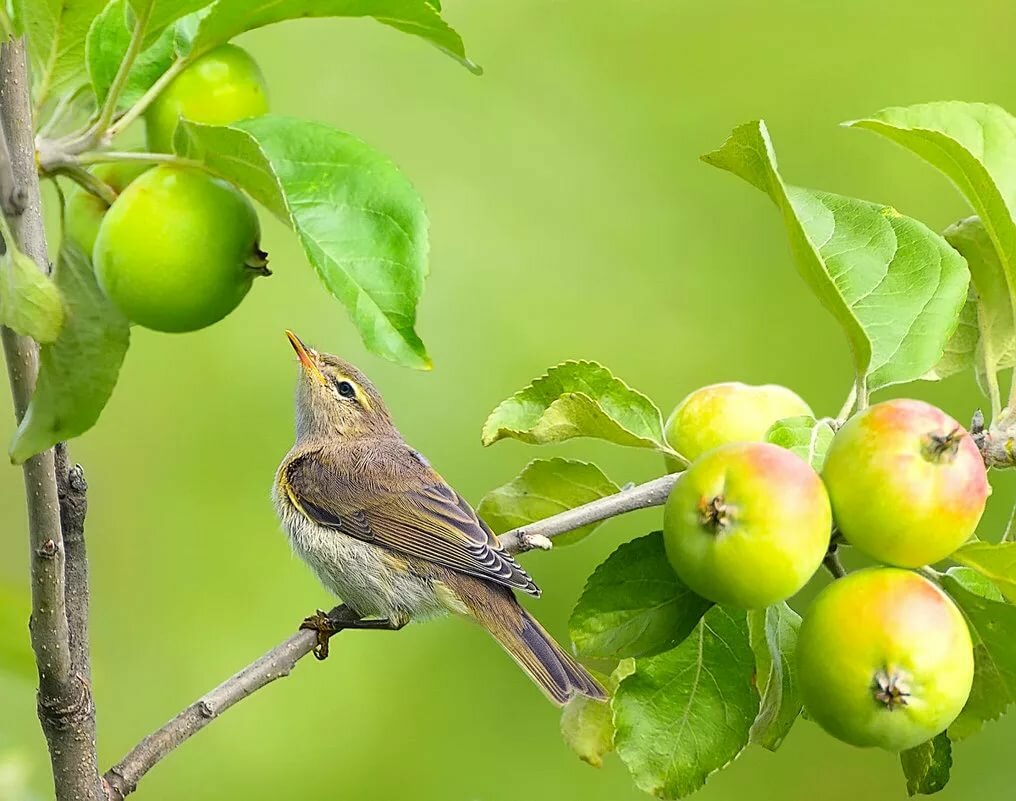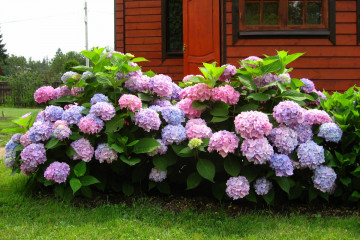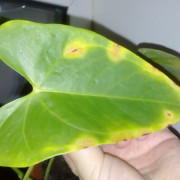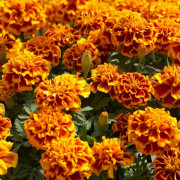Why does an apple tree curl leaves and what to do
Content:
The apple tree is one of the most popular trees in the summer cottage, which pleases with ripe fruits every year. Many gardeners are faced with the fact that the leaves of the apple tree curl. This phenomenon can manifest itself not only on adults, but also on young pome trees. This article will help you find out why the leaves of the apple tree are curling, what to do to treat this problem.
Why leaves curl on an apple tree and dry
Young green foliage can suddenly change color, curl and dry out. To understand what to do if the leaves of an apple tree are curled up, you need to determine the causes of this disease. They are usually divided into 2 groups:
- poor garden maintenance;
- the appearance of infections and pests in fruit trees.
Powdery mildew
As a rule, powdery mildew settles on young leaves, since there is a lot of life-giving juice there. Most often it appears on the apple tree in March and April. During this period, it is worth carefully examining the tree for the presence of white flour plaque. If there is a lot of dew, the foliage will begin to dry and fall, and the number of fruits will decrease significantly.
When the leaves are heavily infected, fungicide substances should be used, for example, Topaz. It should be remembered that the drugs can be put into operation no later than 4 weeks before harvest.
There are also a lot of folk remedies that inhibit the spread of dew. The most potent is a 1% solution of Bordeaux liquid called "HOM". It is allowed to use it only after harvesting or a month before harvesting.
Common aphid on apple and pear
The columnar house of an ordinary aphid is not so easy to notice from a distance. Their habitat looks as if a young shoot has crumpled up with leaves. The foliage curls and deforms due to the loss of juices that aphids like to drink. Moreover, insects carry infections, which sometimes cause the death of trees.
It is recommended to control pests using various methods. This is the usual cutting out of infected areas of plants, and the destruction of ants, and treatment with insecticides.
Leaf roll on apple and pear
When young leaves begin to turn into tubes, and then darken and fall to the ground, this is the work of the caterpillars of leaf rollers. They populate the tree and release a poisonous substance into the leaves. As a result, you can lose most of the greens and be left without apples or pears.
Folk ways of dealing with caterpillars will not help. The best option would be biopreparations - "Fitoverm", "Bitoxibacillin" and "Lepidocide"). In parallel, you can collect the leaf rollers manually and destroy the infected leaves.
Red-gall aphid on apple and pear
The red-gall aphid (also known as the gray aphid) is quickly recognized even at an early stage. The pests themselves are small and inconspicuous, but their habitats are easy to find by the bright red bulges, as well as by the twisted folds of the foliage. If the apple tree is heavily infected, then the leaves dry out and fall to the ground, and the fruits have characteristic spots.
Methods for the destruction of red-gall aphids are similar to those for fighting common insect species.You can whitewash the trunks, clean the tree of dead bark, destroy infected foliage, use insecticides or trapping belts.
Apple moth
Another dangerous pest of trees in the garden. The apple moth lays its eggs on the branches of the apple tree, from which caterpillars subsequently hatch. First, they hibernate, gnaw the bark under them, and in the spring they move to the leaves and damage them from the inside. As a result, the foliage begins to curl, becomes brown and dries up.
After a while, the caterpillars are outside and entangle the leaves with cobwebs. Inside the spider's nest, they populate, gradually capturing more and more space. If you do not get rid of the moth, the whole tree will be covered with cobwebs and stop bearing fruit.
If brown leaves with caterpillars are found on the apple tree, the pests should be immediately destroyed in the following way:
- Remove all darkened leaves from the tree.
- Treat the apple tree with insecticides.
- Manually collect the cocoons from the branches.
Bacterial burn of apple and pear
This infection is spreading at a fast pace, and in 2 years only memories can remain from a good garden. The first sign of the disease is brown falling flowers.
Trees should be treated immediately after a fire blight is detected. Antibiotics are the main helper in fighting infection. First, you should cut off the affected branches, and lubricate the cuts themselves with copper sulfate. After that, the trees need to be sprayed with antibiotics:
- Streptomycin (50 μg / ml),
- Rifampicin (50 μg / ml),
- Gentamicin (50 μg / ml),
- Chloramphenicol (50 μg / ml),
- Nalidixic acid (20 μg / ml),
- Kanamycin (20 μg / ml).
One or two tablets or ampoules must be diluted in a five-liter container with water. The resulting solution will be enough for 9-10 young seedlings.
Apple and pear scab
Scab is a type of fungal disease. Its spores are carried during windy weather and can infect all trees in the garden. Dense and tall vegetation as well as uncut tree crowns are favorable factors for the appearance of scab.
The infection manifests itself as a brownish to olive bloom on the leaves. Over time, scab leads to cracks and decay, even on apples.
Fungicides sometimes fail to deal with scab. These substances should be used strictly according to the instructions, before and after flowering. If there is no result, you can add additional feeding. To do this, you need to dilute the following substances in warm water:
- ammonium nitrate (10g),
- ammonium sulfate (10g),
- potassium sulfate (15g),
- potassium nitrate (15g).
Spray the resulting solution onto the foliage, then repeat after seven days until the desired effect appears.
Improper care of an apple orchard
Studying the question of why the leaves of the apple tree curl, you should evaluate the comprehensive care of the garden. It is important to use fertilizers, water on time, remove weeds, treat pests, etc. Due to improper care, apple trees also suffer, as their leaves can curl and dry out due to a lack of water or trace elements.
Lack of moisture
Another reason leaves can curl is the low amount of moisture in the soil. And if there is very little water, then the leaves will dry out altogether.
In order for the apple tree to develop and grow properly, it is important to maintain the moisture level of the soil under the tree. This is due to the fact that plants feed on dissolved components. Accordingly, if there is no moisture, then even with a large number of elements, the apple tree will not receive them. Conversely, when there is too much moisture, the feeding process is disrupted, and the tips of the roots begin to rot.
It is recommended to combine irrigation with loosening the soil, since the soil must pass both moisture and air well.
Lack of micronutrients
Curled leaves can be a sign of a lack of elements in the soil. For example, if there is not enough nitrogen, then the leaves become light-colored. As a result, the foliage turns yellow, curls up and falls prematurely.
To quickly fill the soil with nitrogen, add a solution of ammonium nitrate (no more than 20 grams) to it. A half-percent urea solution is also suitable for processing. First of all, it is necessary to spray not the tree itself, but the leaf blades.
Lack of phosphorus in the soil manifests itself in an apple tree in a slightly different way. In addition to curling, the leaves lose their usual color and begin to turn red. If the problem is not resolved, the leaves will turn black and dry completely. A small amount of phosphorus is a frequent phenomenon in acidic soil, due to the economy on organic matter or its complete absence.
To make up for the phosphorus deficiency, superphosphate should be added. This does not always help in acidic soil, here you have to use phosphate rock. Fertilizers must be dissolved as thoroughly as possible in water. And so that the resulting solution does not evaporate due to the heat, the soil must be loosened, moistened and mulched with humus after fertilization. For too acidic soils, it is better to add potassium monophosphate in advance, and after a week - the main top dressing.
As for the lack of potassium, the leaves of the apple tree are dull. They take on an unnatural bluish tint and the edges may curl downward. After a while, a rim is formed around the leaves, and it becomes like a boat. The leaf blade itself develops slowly, and the leaves are covered with wrinkles.
The lack of potassium is replenished with wood ash or calcium sulfate. It is better to use them at the same time, since ash is rather an auxiliary element containing many trace elements.
With a lack of calcium, the leaves curl upward. In this case, you should take care of liming the soil. It is necessary to pour out about 2 liters of water, and pour 80 grams of lime on top. After 2-3 days, potassium sulfate will need to be added under the apple tree, and then mulch the soil with humus.
Prevention measures
In order to avoid twisting the leaves of the apple tree, care must be taken to create the appropriate conditions. Alternatively, good ventilation of the crown can be ensured by thinning the branches.
For prevention, it is recommended to cut and destroy damaged branches every year. This also includes whitewashing trees in the spring, covering up large cuts and removing overgrowth.
The use of fungicides and insecticides should take place until such time as there is a possibility of pest breeding. This is due to the fact that later such processing will become ineffective.
It should be remembered about the mode of watering and feeding. If the summer is hot or dry, you must not forget to water and fertilize the trees in time. In this case, it is important to maintain the balance of the introduced substances in order to avoid a shortage or excess of components.
Helpful hints
One of the preventive measures is apple pruning. It is important to do it correctly so as not to harm the tree itself. Correct pruning is done according to the following plan.
- Large branches are thrown out first.
- Weak and damaged branches are cut.
- Then the top of the trunk is removed up to 4 meters high. This allows you to open the crown for sunlight.
Be sure to use a garden varnish or its equivalent. In the process of working with an apple tree, damaged areas should be treated immediately.
If you follow all the rules, then even old trees will begin to bear fruit, and insect pests will lose favorable conditions.
You should take care of your plants and prevent their diseases. Then there will be no reason for the appearance of shriveled leaves, and the apple tree itself will not hurt and will delight the owner with an excellent harvest.
